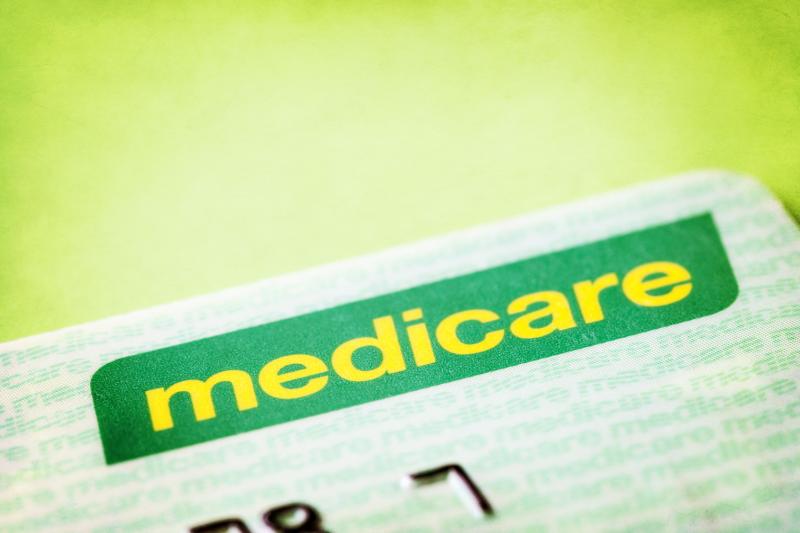 It has been discovered that since October 2016, a darknet vendor has been selling Australians’ Medicare details.
It has been discovered that since October 2016, a darknet vendor has been selling Australians’ Medicare details.Insurance can influence the time-to-receipt of newly prescribed novel oral oncolytics, while pharmacy transfers and cost assistance application also prolong wait times for patients, according to the results of a single-institution investigation.
“Our retrospective analysis identifies areas of improvement for future interventions to reduce wait times for patients receiving novel oral oncolytics,” the authors said.
This retrospective review at a single tertiary centre involved adults who were newly prescribed a novel oral oncolytic for Food and Drug Administration-approved indications and identified through electronic prescription data (e-Scribe).
The authors extracted demographics, insurance and prescription dates from the electronic medical record and pharmacy claims data. They also performed statistical analyses to examine the association of time-to-receipt with insurance category, pharmacy transfers, cost assistance and drug prescribed.
A total of 270 prescriptions were successfully filled, with a mean time-to-receipt of 7.3±10.3 days (range, 0–109 days). Patients with Medicare had a longer time-to-receipt than those with commercial insurance (9.1±13.1 vs 4.4±3.3 days). Overall, the longest time-to-receipt was experienced by patients who were uninsured (15.7±7.8 days).
In addition, longer time-to-receipt was significantly associated with pharmacy transfers and cost assistance programmes. Of note, 10 prescriptions were considered abandoned after remaining unfilled 90 days after the study period.
“Novel oral oncolytic agents have become the standard of care and first-line therapies for many malignancies,” the authors said. “However, issues impacting access to these drugs are not well explored.”